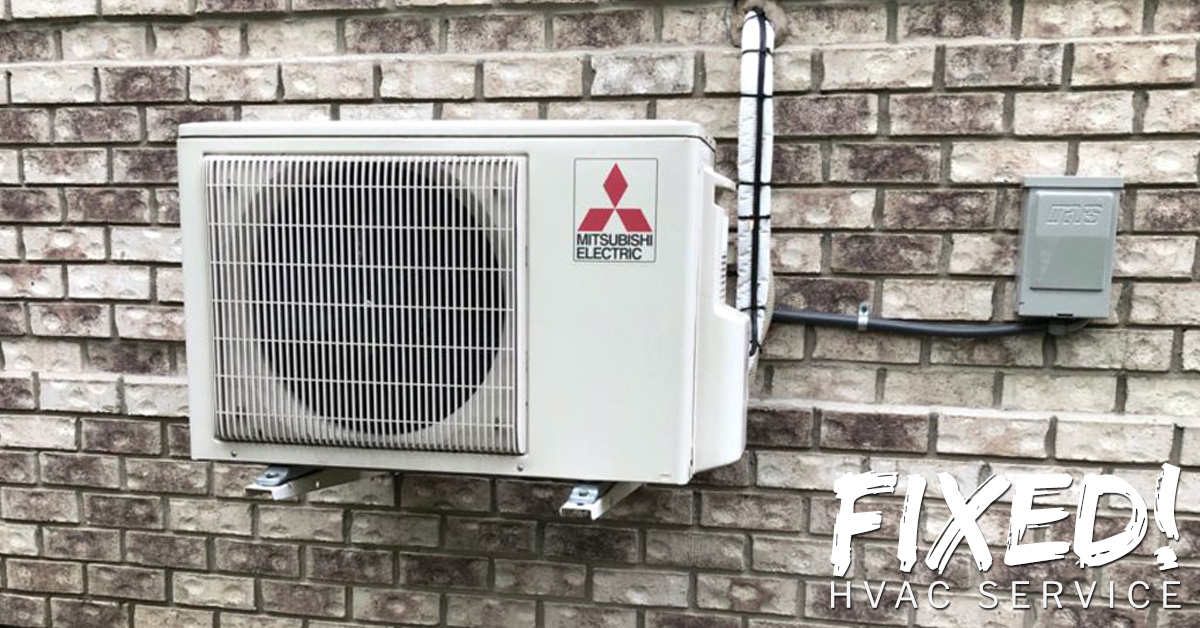
Heat Pump Maintenance includes both ongoing and annual attention. Prevent dust and debris from building up by replacing your filter every 30-90 days. The heat pump coils should also be wiped clean once a year, twice a year in a few instances. A full annual service including checking the amount of gas, fans, and different components is recommended, preferably at Springtime.
Heat Pump Maintenance, How Often?
If it’s your number one way of heating and cooling your residential home, a heat pump ought to be serviced every 6 months by an HVAC technician. Otherwise, it must be serviced annually.
It’s stated that an ounce of prevention is better than a pound of cure. The recurring servicing expenses can ensure your heat pump remaining a great deal longer than with out service. Servicing it regularly enough can hone out minor problems earlier and reducing stress on important parts of your heat pump, causing failure.
Check out your heat pump ASAP if you hear noises. Additionally, you could also check out the service manual and the heat pump manufacturer’s website to see if they have any info on how to correct it. There also may be a number preventative steps you could take to reduce your heat pump troubles, which we’ll detail below.
Heat Pump Maintenance Steps
- Regular Inspection: Conduct routine inspections of your heat pump system. First, check for any visible damage, leaks, or unusual noises.
- Clean or Replace Filters: Another primary activity is to clean or replace the air filters regularly. Generally, every one to three months depending on usage. Clogged filters restrict airflow, reducing efficiency and potentially causing damage to the system.
- Clean Coils: Outdoor coils can accumulate dirt, debris, and even ice in colder climates. Regularly clean the coils to ensure optimal heat transfer. You can use a soft brush or a vacuum cleaner with a soft brush attachment.
- Check and Clean Outdoor Unit: Ensure that the outdoor unit is free from any obstructions such as overgrown vegetation, leaves, or debris.
- Inspect and Clean Ducts: Check the ductwork for leaks, holes, or disconnected joints. Repair any issues promptly to prevent energy loss. Remove dust, dirt and mold by having your vents cleaned every few years.
- Check Refrigerant Levels: Low refrigerant levels can indicate a leak or other issues with the system. If you notice decreased cooling or heating performance, contact a professional HVAC technician to inspect and recharge the refrigerant as necessary.
- Inspect and Lubricate Moving Parts: Lubricate fan blades, motors and all moving parts. Lubricate as needed according to the manufacturer’s recommendations.
- Check Thermostat Settings: Verify that the thermostat settings are correct and that the system is cycling on and off as expected. Consider upgrading to a programmable or smart thermostat for improved energy efficiency and comfort control.
- Schedule Professional Maintenance: Schedule a qualified HVAC technician to come out to perform maintenance tasks that may go beyond a homeowners experience. They can perform more in-depth inspections, tune-ups, and address any potential issues before they become major problems.
- Monitor Performance: Lastly, keep an eye on the performance of your heat pump throughout the year. Note any changes in efficiency, temperature consistency, or unusual noises, and address them promptly.
Schedule Heat Pump Maintenance
Heat pumps can cost in excess of $10,000 to replace! Unless you’re an skilled HVAC technician, we don’t advise servicing your heat pump on your own. Call Fixed HVAC Services when it’s time to get it Heat Pump Maintenance. Cover your bases by signing up for a maintenance plan today.

